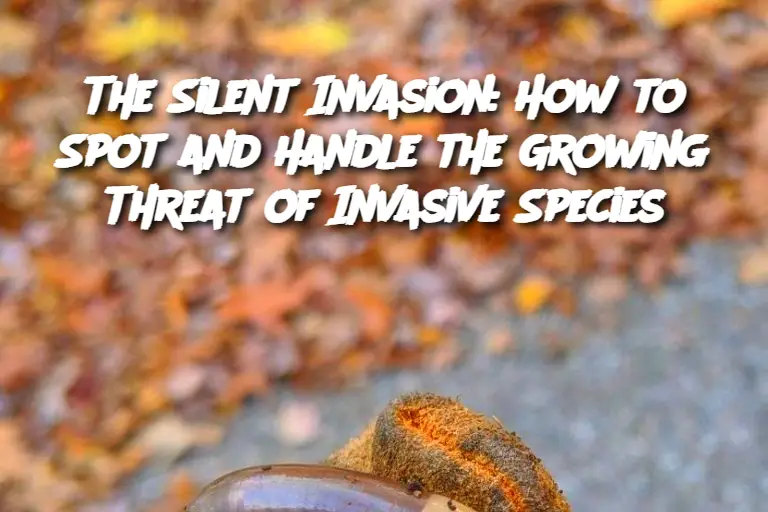ADVERTISEMENT
Plant Invasions: If dealing with invasive plants like kudzu or Japanese knotweed, manual removal or herbicide application may be necessary. Root systems should be carefully removed to prevent regrowth.
Animal Invasions: For invasive animal species, the approach may involve traps or hunting permits depending on the species. Some areas may offer incentives to reduce populations of invasive wildlife.
Aquatic Invasions: If invasive species are in bodies of water, such as the notorious Asian carp, local authorities may set up barriers, fish removal programs, or other control measures to prevent further spread.
Frequently Asked Questions:
What are invasive species? Invasive species are plants, animals, or microorganisms that are not native to a particular area and cause harm to the environment, economy, or human health when introduced.
How do invasive species spread? Invasive species spread through human activities, including trade, transportation, and landscaping. They can also spread naturally through wind, water, or animals.
What are the most common invasive species in the US? Some of the most well-known invasive species in the U.S. include the emerald ash borer, Asian carp, Japanese knotweed, and zebra mussels.
Can invasive species be eradicated? Eradicating invasive species is difficult, but with early detection and control measures, their spread can be slowed or contained, allowing native species to recover.
What should I do if I encounter an invasive species? First, do not move the species to another area. Contact local wildlife authorities or conservation organizations to report the sighting and follow any instructions for removal or control.
By staying informed and taking proactive steps, we can help mitigate the spread of these damaging invaders and protect our ecosystems for future generations.
ADVERTISEMENT
